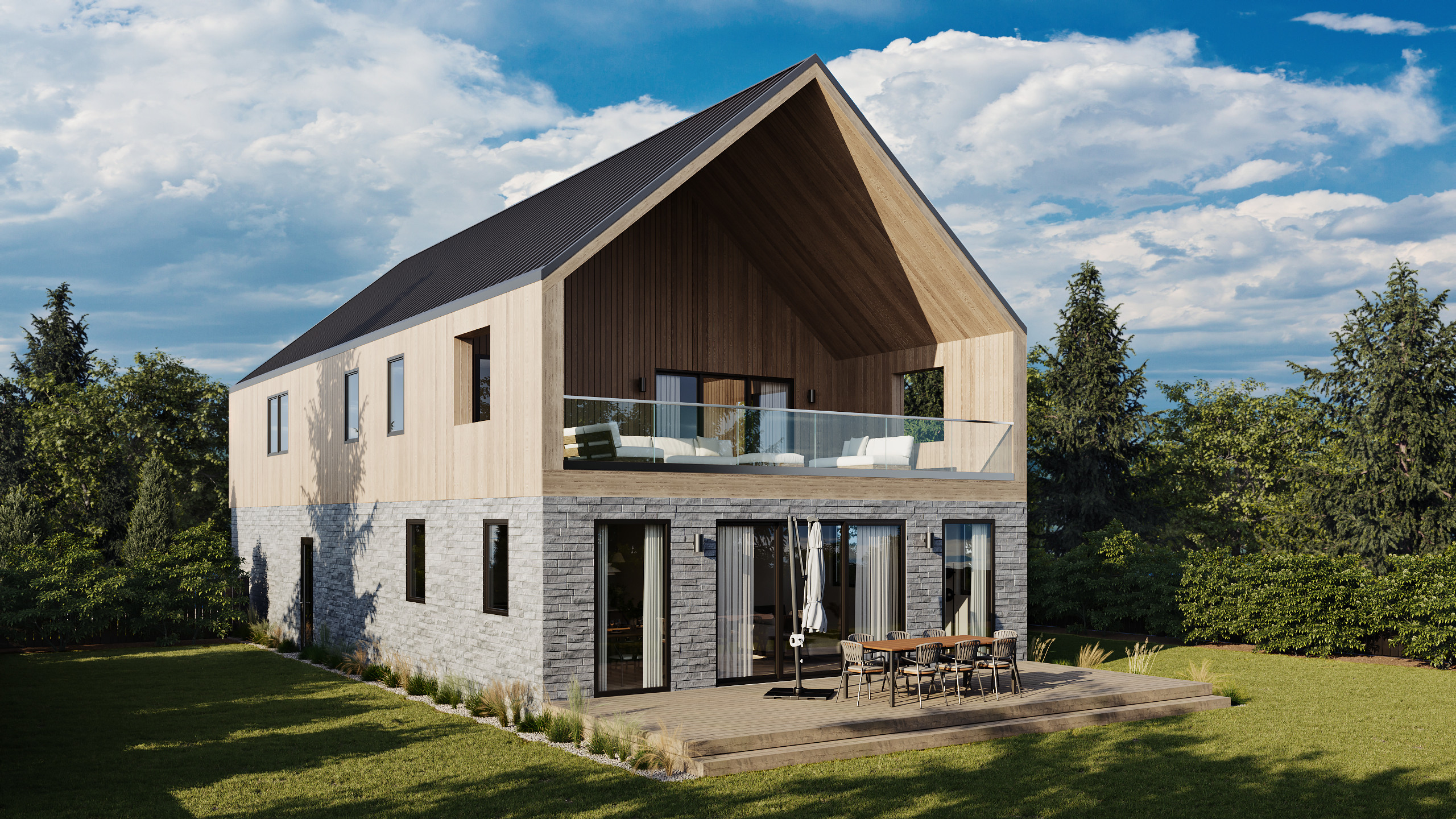So many subcontractors …

In the old-school approach to building, one single-family home requires the work of many different hands.
Forty-four of them, to be exact.
A study from the National Association of Homebuilders determined that 70 percent of builders use somewhere between 11 and 30 subcontractors when constructing stick-built homes. On average, 22 different subcontractors are used in the process.
As any homebuilder can attest, big numbers can sometimes lead to big headaches. Here are just a few.
No really, help wanted
Just finding 44 hands can be a hard task right now.
Associated Builders and Contractors (ABC) recently projected that the construction industry will need to attract over half a million new workers on top of its usual hiring pace to meet the demands of labor in 2023.
Meanwhile, Billd’s 2023 National Subcontractor Market Report found that subcontractors expect the labor shortage to be the greatest threat to their business this year.
Numbers like these can keep a contractor up at night. No laborers mean no labor, and no chance of hitting project deadlines.
Just who, exactly, is in charge here?
With so many hands involved, the chain of accountability gets murky and the buck gets passed a little too easily. Figuring out who’s responsible for what, and checking that it all came out right, can get complicated.
This leads to quality control failures, construction code adherence mishaps, and further disappointments of the deadline variety.
Show me your spreadsheet, and I’ll show you mine
Builders know construction skills are one thing, project management prowess something else entirely.
Each group of subcontractors has its own schedule, work processes, documentation procedures, and requirements, making project oversight…complicated.
Miscommunication or lack of clarity can lead to errors, delays, and rework. Coordinating trades, scheduling deliveries, and resolving conflicts can become a time-consuming endeavor and throw the whole build off schedule.
Builders just want to build homes, not tabs in Excel.
It’s level if you squint
With so many subcontractors and laborers working on a single home, there’s no guarantee of consistent skill levels, work practices, and standards. That means a higher risk of inconsistencies in workmanship.
We can’t think of a single homeowner who puts uneven finishes, incompatible installation techniques, and compromised structural integrity at the top of their must-have list.
That was last week’s budget
You knew we’d mention money. Each subcontracting entity typically has its own rates, contract terms, and additional administrative requirements, which can add up and strain the project’s budget.
And let’s not get into the overruns of unexpected delays and rework caused by the other items on this list.
When relying on numerous laborers and subcontractors, stick-built homebuilding can fall prey to these and other external factors beyond a contractor’s control. Delays caused by weather conditions or material shortages can have a cascading effect on the entire construction process, potentially leading to significant project setbacks.
But the industry is evolving.
Re-engineering the building process
In response, contractors are turning in bigger numbers to other ways of building, like panelization.
In panelized construction, structural home elements are fabricated off-site in a controlled environment. Walls, floor, and roofs are assembled into two-dimensional panels, then transported to the job site.
That’s where many of the benefits of panelization really kick in. The build process can often be knocked out by much smaller crews of laborers, at a much faster pace.
In some cases, a crew of four people can go from lot to lockup in three weeks. Some additional experts like electricians and plumbers will still be needed, but even their work will be streamlined.
The panels are precision-cut in a factory setting, which eliminates the inconsistencies common in traditional homebuilding.
With fewer hands, spreadsheets, and reworks required, contractors can make their capital work much harder than before.
And owners can get a home they don’t need to squint at to admire. All in record time.
Cheers,
Mike
Mike McAllister is head of story for Momo Homes.
Track the global transition to sustainable homebuilding.
Subscribe to the Momo Focus newsletter.






